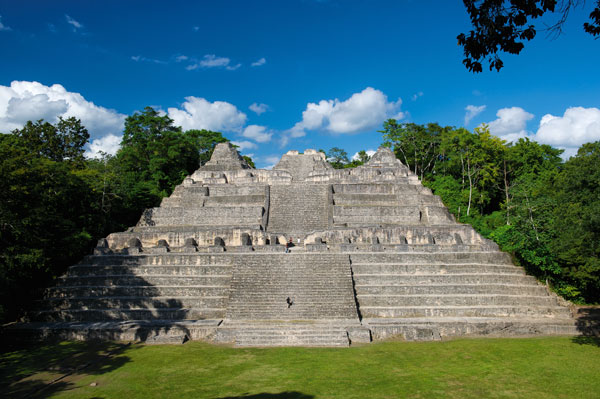Belize is located in Central America and it is bordered to the north by Mexico, to the south and west by Guatemala and to the east by the Caribbean Sea. We are a diverse country with various cultures and languages. We also have the lowest population density in Central America with 35 people per square mile or 14 people per square kilometer. We are also known for our extreme biodiversity and distinctive ecosystems. On the coast, there is a swampy coastal plain with mangrove swamps. In the south and interior there are hills and low mountains. Most of our land is undeveloped and is forested with hardwoods. It is a part of the Mesoamerican biodiversity hotspot and it has many jungles, wildlife reserves, a large variety of different species of flora and fauna and the largest cave system in Central America. Some species of Belize’s flora and fauna include the black orchid, the mahogany tree, the toucan and tapirs.
In 1840, Belize became a “Colony of British Honduras” and in 1862, it became a crown colony. For one hundred years after that, Belize was a representative government of England but in January 1964, full self government with a ministerial system was granted. In 1973, the region’s name was changed from British Honduras to Belize and on September 21, 1981, full independence was achieved.



